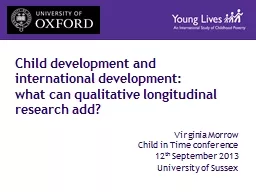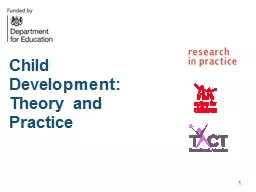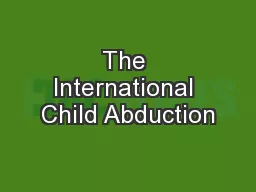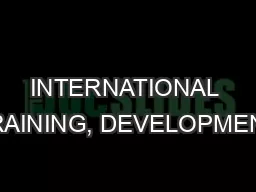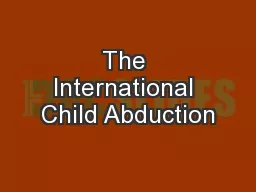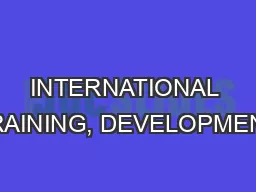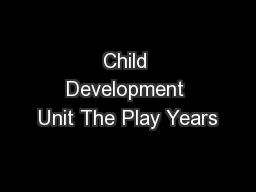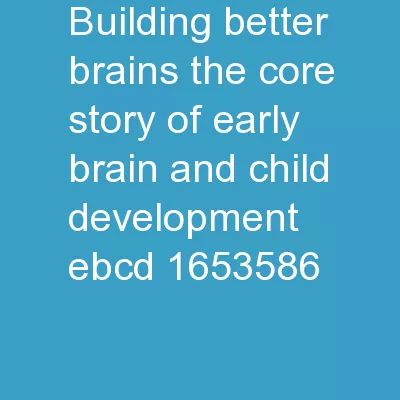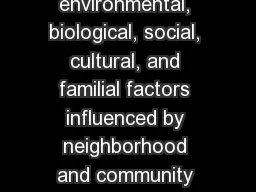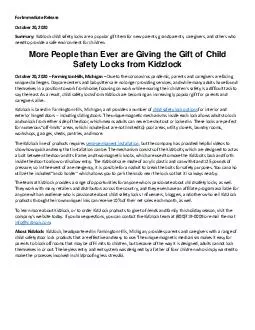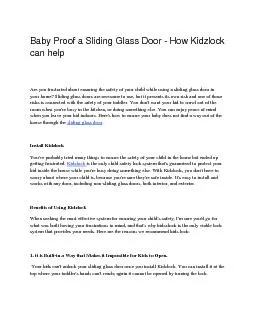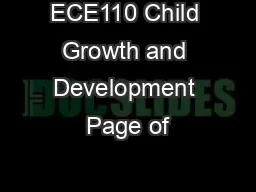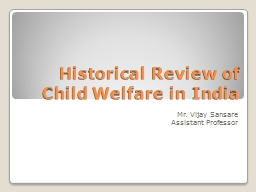PPT-Child development and international development:
Author : jane-oiler | Published Date : 2018-02-16
what can qualitative longitudinal research add Virginia Morrow Child in Time conference 12 th September 2013 University of Sus sex Background Young Lives Longitudinal
Presentation Embed Code
Download Presentation
Download Presentation The PPT/PDF document "Child development and international deve..." is the property of its rightful owner. Permission is granted to download and print the materials on this website for personal, non-commercial use only, and to display it on your personal computer provided you do not modify the materials and that you retain all copyright notices contained in the materials. By downloading content from our website, you accept the terms of this agreement.
Child development and international development:: Transcript
Download Rules Of Document
"Child development and international development:"The content belongs to its owner. You may download and print it for personal use, without modification, and keep all copyright notices. By downloading, you agree to these terms.
Related Documents

